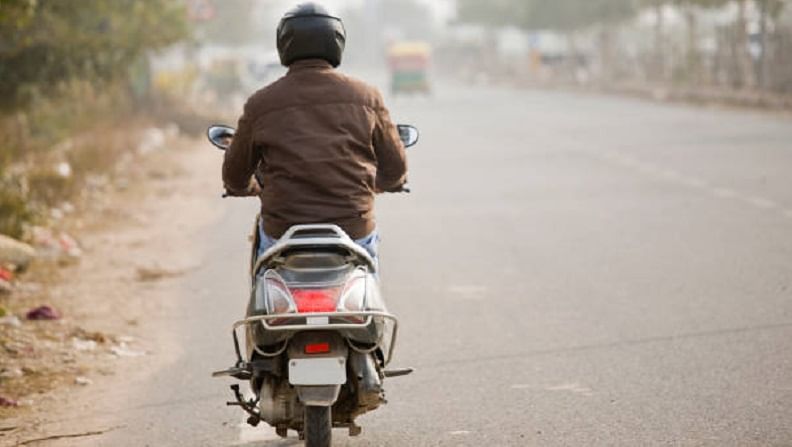Two-wheeler sales data throws light on how Covid hit lower middle class harder
The ratio of two-wheeler sales to PVs at a historic low of 4.4x in the first five months of FY22.

In a stark example of how the lower-middle-class was hit harder during the Covid-19 pandemic, the drought in the sale of two-wheelers was found to be the longest since the Society of Indian Automobile Manufacturers (SIAM) started reporting sales data since the beginning of FY95.
Two-wheeler sales recorded a sharper decline in domestic sales than car and SUV sales and the corresponding ratio is now at an all-time low, the Business Standard reported. Two-wheeler sales, when annualised based on the figures for the first five months of FY22 as provided by SIAM, would be down 21% YoY, the lowest since FY11, it added.
Two-wheeler sales stood at around 5 million units in the domestic market during the April-August 2021 period, translating into an expected annual sales of around 11.97 million units, according to the report.
On the other hand, 1.14 million units of passenger vehicles were sold in the April-August 2021 period which translated into an expected sales volume of around 2.74 million in FY22, up from 2.71 million in the last financial year, it added.
The ratio of two-wheeler to PVs declined to a historic low of 4.4x in the first five months of FY22, which was much lower than the 6.3X ratio reported in FY20.
What the numbers say
The decline in two-wheeler sales was worse than what the auto industry saw following the 2008 financial meltdown when sales had declined by 7.9% in FY2008.
Madan Sabnavis, chief economist, CARE Ratings, was quoted by the Business Standard saying that the income divide between the poor and those in the lower-middle-class had widened tremendously due to Covid-19 and the following restrictions.
He said that many rich people were, in fact, better off now than they were a year ago, given the salary hikes and the rally in the assets market.
“The Covid-19 lockdown hit the poor and those at the lower-income ladder in the services industry much harder than high-income earners in white-collar jobs. This has badly hit the demand for motorcycles and scooters — the prime mode of transport for the majority of working people in the country,” Sabnavis is further quoted as saying.
Experts feel the outcome of the severe impact that India’s poor suffered in the wake of two successive Covid-19 waves is that the decline in the sales of two-wheelers will have a negative impact on the sales of cars, in years to come.
Why it’s a bad sign for PV sales
The report quoted Shailendra Kumar, CIO Narnolia Securities, saying, “Auto ownership in India largely starts with a motorcycle or scooter, and then people upgrade to entry-level cars and eventually to SUVs as their income rises. So, such a big decline in two-wheeler sales is bad for the growth potential of the four-wheeler industry.” He added that since there were fewer job losses or salary cuts in white-collar industries, given that some companies actually gave a hike to their employees, car sales recovered quicker than two-wheeler sales.
At the current sales levels, if the two-wheeler industry had to jump back to pre-Covid numbers, say to sales figures of FY19, it would require a 77% jump in volumes.